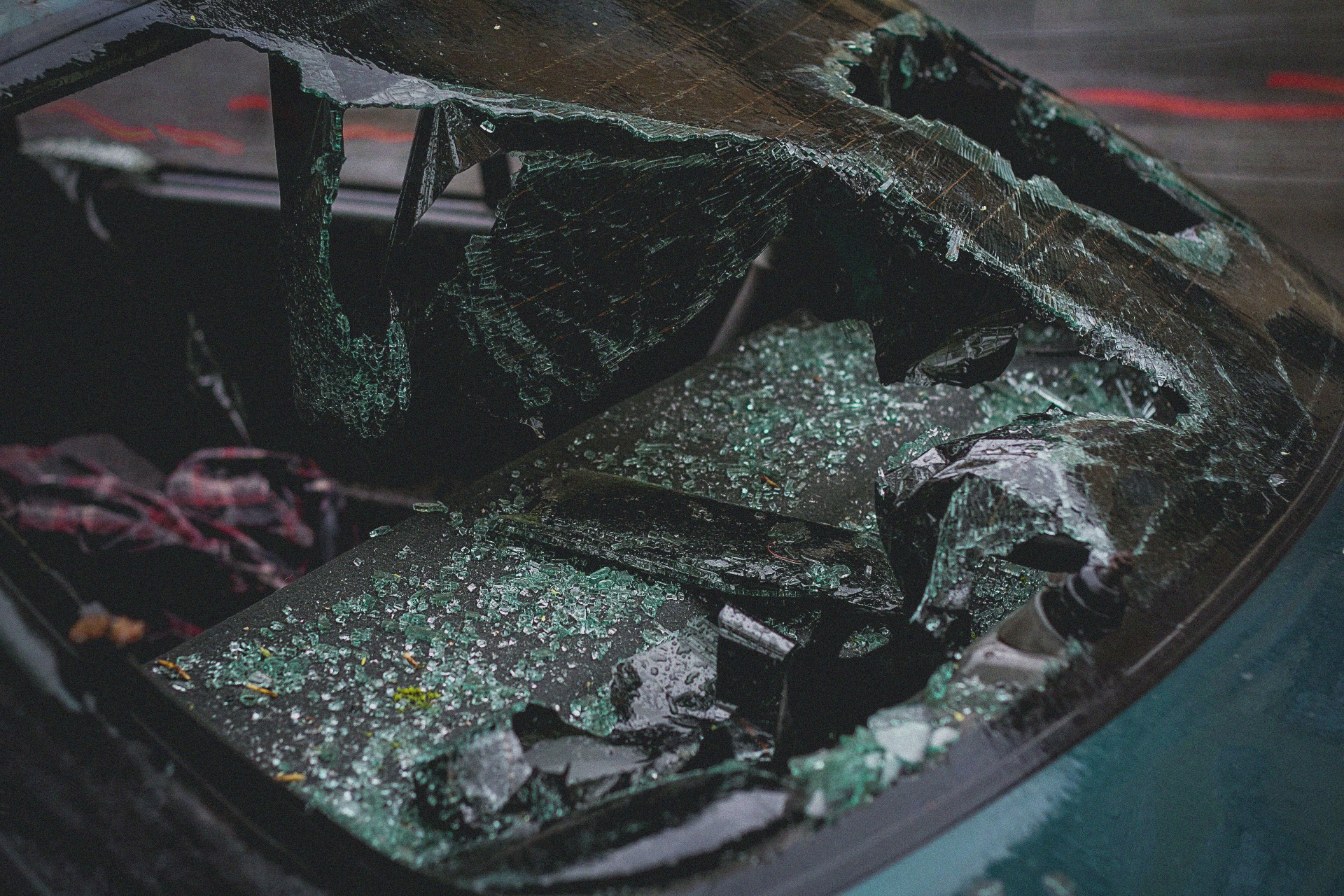Pelvic Trauma part 1
Major pelvic injuries usually occur within the context of high-energy/impact trauma such as in RTC’s, vehicle vs pedestrian, falls from height, or crush injuries. Within low MOI context, less serious pelvic injuries can occur depending on patient factors and medical history, such as in the elderly, patients with degenerative bone disease, patients receiving radiotherapy, and so on.
Pelvic fractures occur in up to 20% of all polytrauma cases, with most pelvic injuries occurring in the age ranges of 15-30 years and in the over 60-year-olds. Pelvic fractures can be classified as stable or unstable. Stable being where there is often only one break in the pelvic ring and the broken ends of the bones line up adequately. This means there is usually little internal disruption and low/no internal bleeding. Stable fractures usually fall within the low-energy MOI context.
Unstable fractures occur when there are usually two or more breaks in the pelvic ring and the ends of the broken bones do not line up correctly and are displaced. This can cause significant disruption and severe internal bleeding. This type of fracture is more likely to occur due to a high-energy event.
Furthermore to these classifications, both stable and unstable pelvic fractures can be divided to open fractures, where bone has broken through the skin, or closed fractures, where bone has not broken through the skin.
Of studies conducted where there are pelvic fracture incidences, around 58% are stable, 22% have significant pelvic ring injury but remain stable, and 20% are unstable. As discussed above, the pelvic cavity contains many blood vessels and organs. Haemorrhage is the cause of death in 40% of all pelvic trauma cases. Specifically, to unstable pelvic fractures, haemorrhage is the cause of death in 60% of cases.
Types of pelvic fracture:
There are 4 types of pelvic ring fracture that can occur depending on the MOI and surrounding factors/situation:
Lateral Compression (LC) Fractures – LC fractures can be caused by internal rotation of the pelvic ring because of direct force applied to the iliac crest, or indirect force via the femoral head. Force from this internal rotation can cause the pelvis to fracture at a single or multiple points along one side of the pelvis depending on the MOI involved. Typical causes of injury can include side impact RTC’s and falls from height.
Vertical Shear (VS) Fractures – A VS fracture is where one side of the pelvis structure ‘shears’ from the main structure and is displaced vertically. This injury can occur through significant trauma, such as a fall from height and the patient landing on one leg first. This form of fracture will likely cause massive disruption to the pelvic cavity damaging blood vessels and soft tissues, causing significant internal blood loss.
Anterior-Posterior Compression (APC) Fractures – A APC fracture commonly occurs through crushing type injuries or high energy transfer, for example a pedestrian that has been impacted by a car. This type of injury can cause fractures to form at multiple points in the pelvic ring structure. Where enough force has fractured and sheared both sides of the pelvis, the pelvis bones can move apart and rotate. This gives the ‘open book’ pelvic fracture name where the pelvis has sprung open due to the fractures.
Combined Mechanical (CM) Fractures – CM fractures consist of a combination of multiple types of fracture as discussed above. This would mean that multiple forces have been exerted on the pelvis causing it to fracture and rotate/shift in a variation of ways. These injuries could occur in a rollover RTC for example.
Further defining these fractures for the hospital environment is the Young and Burgess Classifications. These classifications take each of the different types of fracture and put them into a type from 1 to 3 and identify if they are stable or unstable depending on the fracture features.
Further injury and complications can occur through tissue and organ injury. Urethral and vaginal injuries can occur from bony fragments or through indirect forces from the pelvic structure. Further female reproductive organs can be damaged through either direct or indirect forces. Bladder rupture occurs in up to 10% of pelvic fractures.
